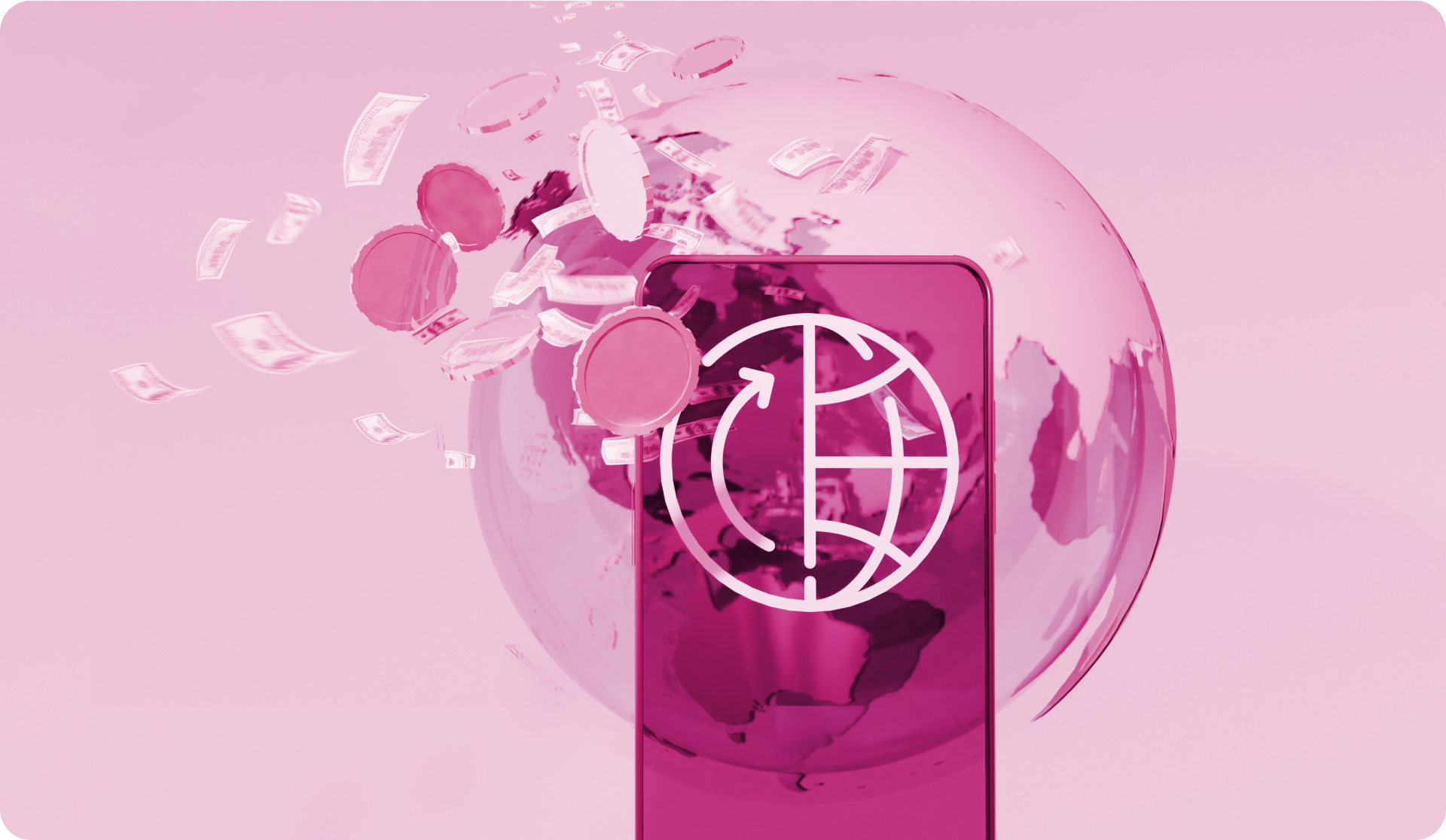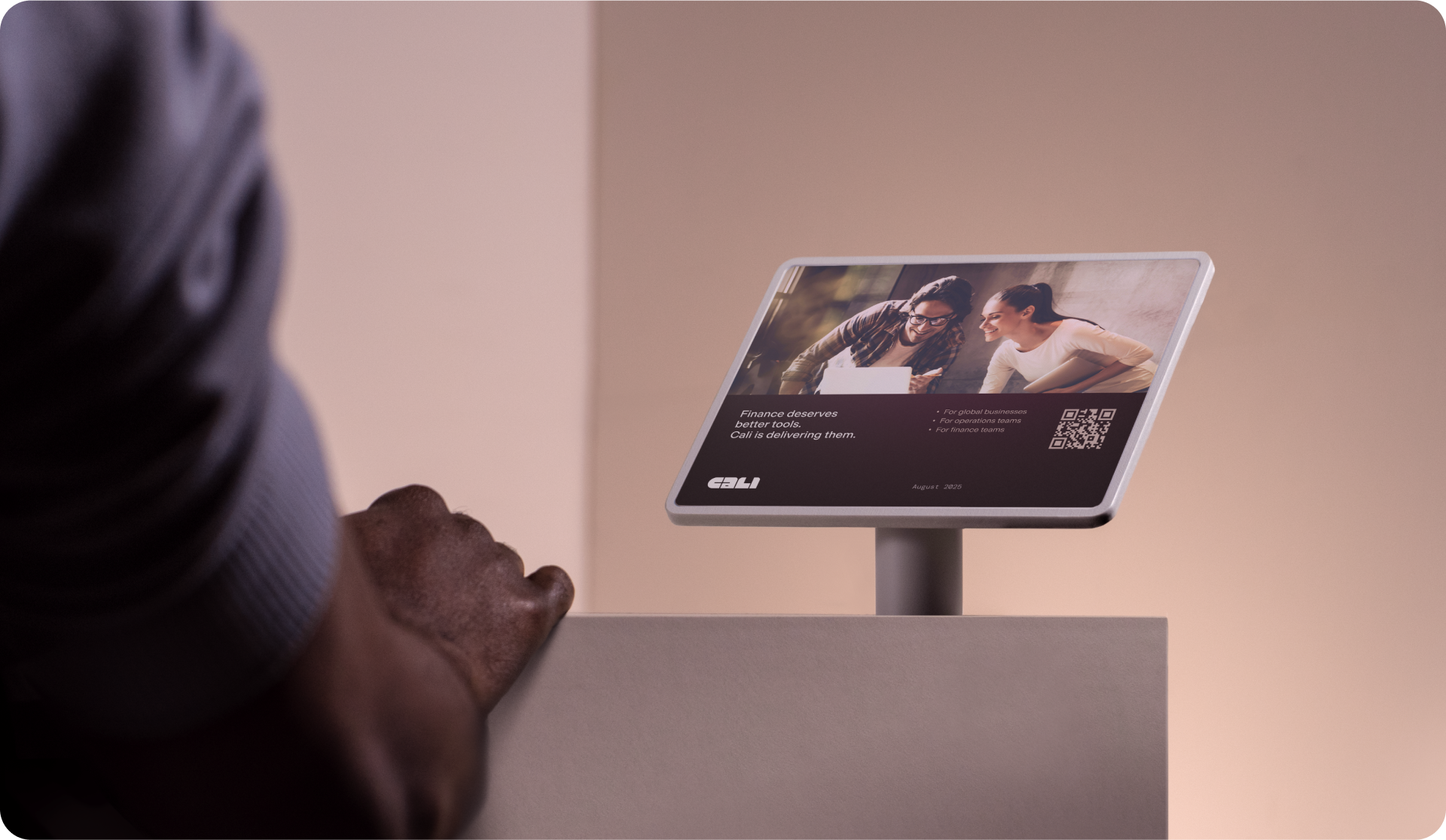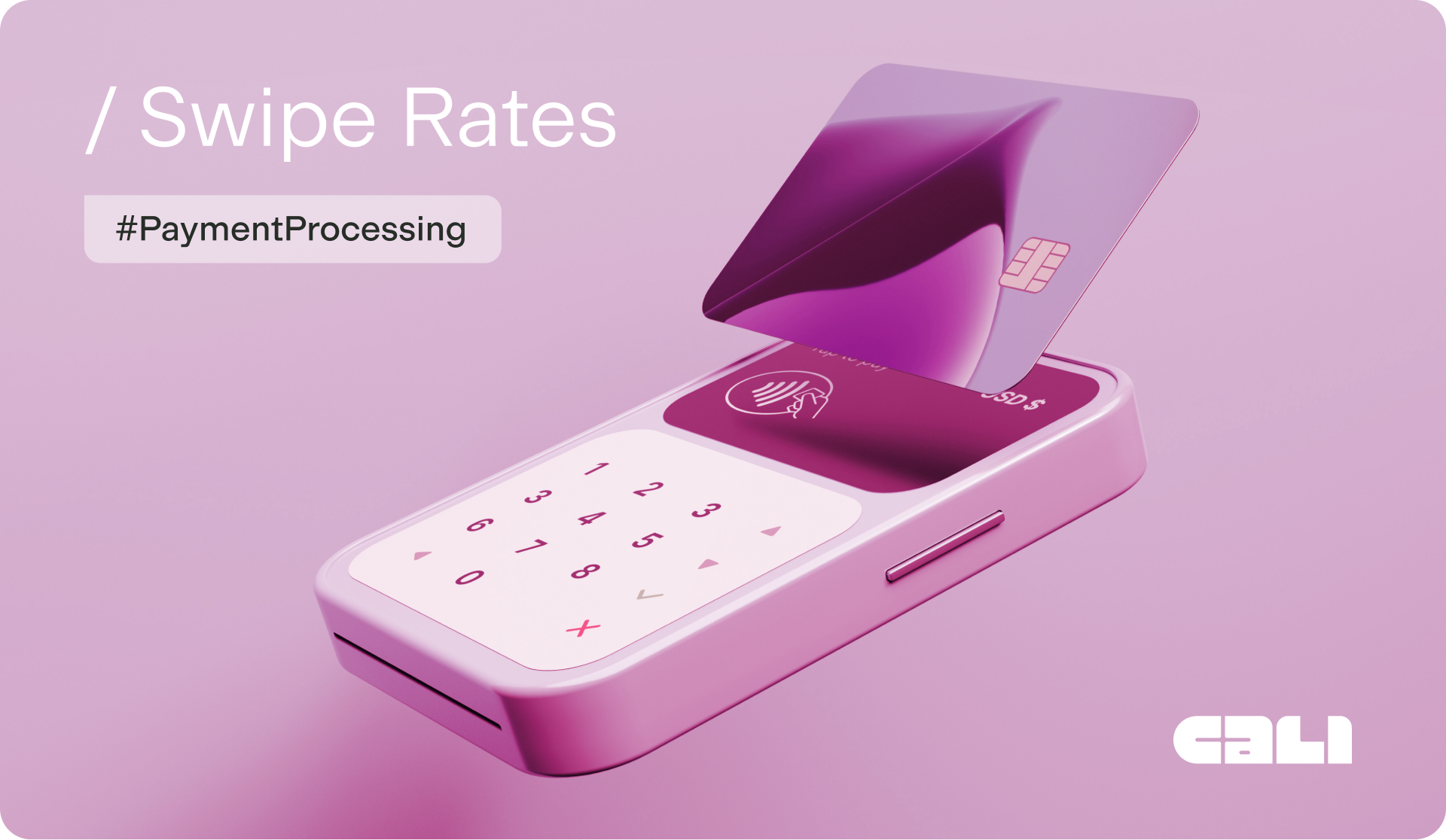
Pix Payment Processing Fees Explained: The Real Cost for Businesses in Brazil
Pix has transformed payments in Brazil, and for consumers, it’s free and instant. But when it comes to processing Pix payments, many merchants still ask what it really costs to accept Pix transactions.
At Cali, we believe it’s not enough to say “Pix is cheaper than cards.” Merchants need to understand:
- How Pix fees are structured
- How they compare to card processing fees
- What levers they can pull to reduce costs further
This article breaks it all down—so you can decide how Pix fits into your payments and treasury strategy.
How Pix Works for Merchants
Pix is a account-to-account instant payment system. Customers transfer funds directly from their account to yours, using:
- Pix keys (phone, email, CPF/CNPJ)
- QR codes (static or dynamic)
- Copy-paste Pix codes
Funds settle in real time, 24/7. For merchants, that means instant liquidity.
But instant doesn’t mean free—let’s unpack the fees.
Pix vs. Card Fees: Why Pix Is Cheaper for Merchants
Card Payments Processing Fees (Typical Structure)
- Interchange fees (bank)
- Scheme fees (Visa/Mastercard)
- Acquirer fees (payment provider)
- FX markups (if cross-border)
💡 Want to see how these card fees break down? Read our guide on Credit & Debit Card Processing Fees Explained: Interchange, Scheme & Acquirer Costs for Merchants.
Pix Payments Processing fees (Typical Structure)
- Transaction fee charged by the acquirer/payment provider
- Sometimes a flat fee per Pix (e.g., BRL 0.30–0.90)
- Or a significantly lower percentage fee (e.g., 0.5%–1%)
Average: ~0.2–1% per transaction
💡 Merchant takeaway: Pix cuts out scheme and interchange fees, leaving mostly acquirer/provider costs.
What Drives the Cost of Pix for Merchants
Even though Pix is cheaper than cards, fees aren’t one-size-fits-all. They depend on:
- Transaction Volume – Higher volumes = lower per-transaction cost.
- Risk Profile – Some industries pay more if considered higher risk.
- Provider Model – Flat-fee vs percentage pricing.
- Settlement Options – Real-time settlement vs scheduled batch processing.
Negotiating Pix Fees with Providers
Just like with card processing, merchants can negotiate Pix fees:
- Flat per-transaction fee → good for high-ticket items.
- Percentage fee → better for low-value, high-frequency sales.
- Hybrid models → some providers offer tiered pricing based on value bands.
💡 Cali’s view: The best model depends on your business profile. The key is visibility—knowing exactly how fees are calculated.
Cross-Border Pix: What Global Merchants Should Know
When international merchant is processing pix (collecting via pix and receives converted settlements in a different currency to their bank account outside of Brazil), the following needs to be considered:
- FX markups → once cross-border is live, conversions will add cost.
- Acquirer premiums → providers may charge more for international routing.
- Compliance costs → AML/KYC checks on instant payments.
Real Example: Pix Savings vs. Cards
A Brazilian retailer processing 1M transactions/month at BRL 100 average ticket:
- On cards – credit card, “a vista” – no instalments (2.5% fee): BRL 2.5M in monthly fees – funds reaching bank account at T+30
- On Pix (BRL 0.30 per transaction): BRL 300K in monthly fees – funds reaching back account immediately
Annual savings: BRL 26,4 M
That’s the power of Pix.
The Hidden Costs of Pix
While cheaper than cards, Pix isn’t “free.” Merchants should account for:
- Chargeback-like disputes (“MED” fraud refunds)
- Operational costs (system integration, reconciliation)
- Treasury considerations (instant liquidity can be a double-edged sword)
💡 Instant settlement boosts cash flow—but may require more active treasury management.
FAQs: Pix Costs for Businesses
1. How much does it cost to process a Pix payment?
Usually between BRL 0.30–0.90 per transaction, or 0.5–1% of the transaction value.
2. Why is Pix cheaper than card processing?
Because it eliminates interchange and scheme fees—merchants only pay provider/acquirer costs.
3. Can I negotiate Pix fees?
Yes. Large merchants can negotiate per-transaction or percentage-based fees.
4. Is Pix free for consumers?
Yes—individuals don’t pay to send Pix. Costs apply only to merchants.
5. How does Pix impact cross-border merchants?
FX markups and cross-border premiums may apply.
6. Should I encourage customers to use Pix over cards?
If your fees are lower with Pix, yes. Many Brazilian merchants already incentivize Pix usage.
Conclusion: Pix as a Strategic Advantage for Merchants
Pix has reshaped the payments landscape in Brazil. For merchants, it offers:
- Lower costs than card payments
- Instant settlement and liquidity
- Wider adoption across customer segments
But “cheaper” doesn’t mean “automatic savings.” The real advantage comes when merchants:
- Understand Pix fee structures
- Negotiate terms with providers
- Integrate Pix into their treasury strategy
At Cali, we strive to help merchants go beyond price and see Pix as part of a bigger payments strategy—one that optimizes both costs and growth.Want to see how Pix could reduce your processing costs? Get in touch with our managers to design a Pix proposal tailored to your business profile.



